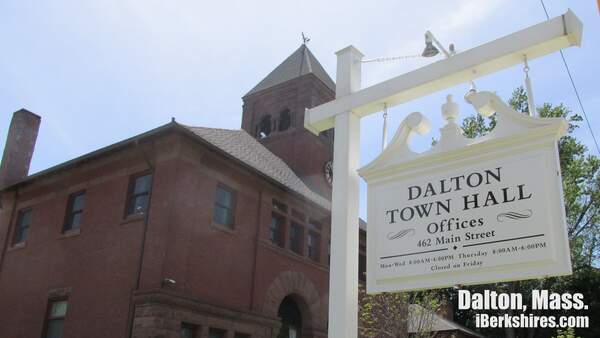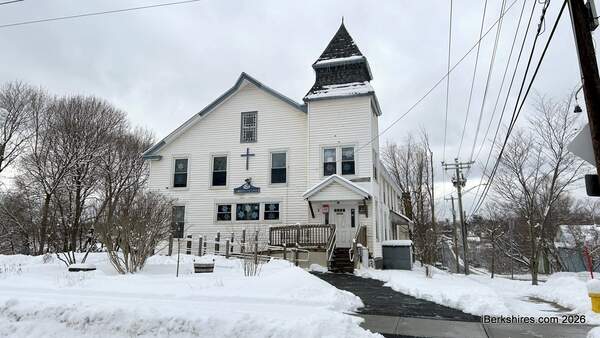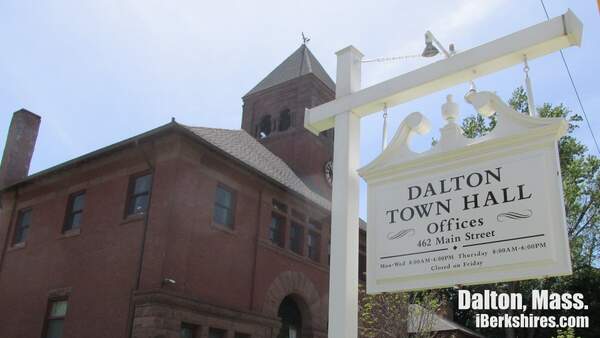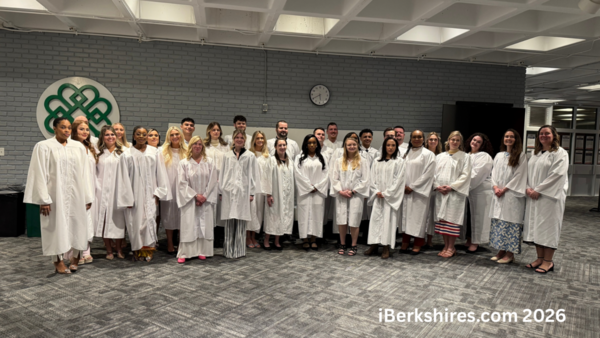MassDOT launches 2022-2023 Safe Routes to School Infrastructure Funding Program
BOSTON — The Massachusetts Department of Transportation (MassDOT), through its Safe Routes to School (SRTS) Program, announced the launch of the 2022-2023 Infrastructure Funding Program.
The Program provides both design and construction services for projects between $300,000 and $1.5 million in areas immediately around public elementary, middle, and high schools throughout the Commonwealth.
"The Safe Routes to School Infrastructure Program provides communities across the Commonwealth with funding that can be used to make key infrastructure improvements to help make walking and biking to and from school safe and accessible," said Transportation Secretary and CEO Jamey Tesler. "We encourage all Safe Routes to School partners to apply and use the informational resources that have been made available to help ensure successful applications are submitted."
The most recent iteration of the SRTS Infrastructure Program, which has involved a competitive project solicitation process, began in 2019 and to date has awarded approximately $35 million in funding for 30 infrastructure projects across the Commonwealth. Eligible projects include transportation construction and capital improvement projects that will improve safety and/or increase the number of children walking, biking, and rolling to school and are located within two miles of a school serving children in any grades between kindergarten to twelfth grade.
The application period opens today, Monday, Oct. 3, 2022, and all applications are due by 5:00 p.m. on Friday, November 18, 2022. The SRTS Infrastructure Funding Program Guidance Document is available on the SRTS website under the "Engineering" section. All SRTS Partner Schools are encouraged to apply and must have a municipal contact as the primary applicant.
To be eligible for this SRTS Infrastructure Program, schools must build a partnership with the SRTS non-infrastructure program that involves education, encouragement, engagement, equity, and evaluation activities. Applicants must be an SRTS partner for at least six months (as of Oct. 3, 2022) prior to applying.
The funding program allows schools to conveniently use MassDOT's Massachusetts Project Intake Tool (MaPIT) to submit information online. MaPIT was developed to provide municipalities with more convenient access to transportation funding program opportunities available statewide. The Safe Routes to School Infrastructure Funding Program application is available in the MaPIT portal.
The Massachusetts SRTS Program, sponsored by MassDOT and with funds from the Federal Highway Administration, promotes safer routes for students to actively get to and from school by fostering partnerships between community-led organizations, local law enforcement, education leaders, and public health departments. The program currently serves more than 1,000 schools in over 260 communities across the Commonwealth. Through these partnerships, the Massachusetts SRTS Program highlights the importance of pedestrian and bicycle safety and provides information, materials, and resources to support schools and communities with their local SRTS initiatives.
Tags: MassDOT,















